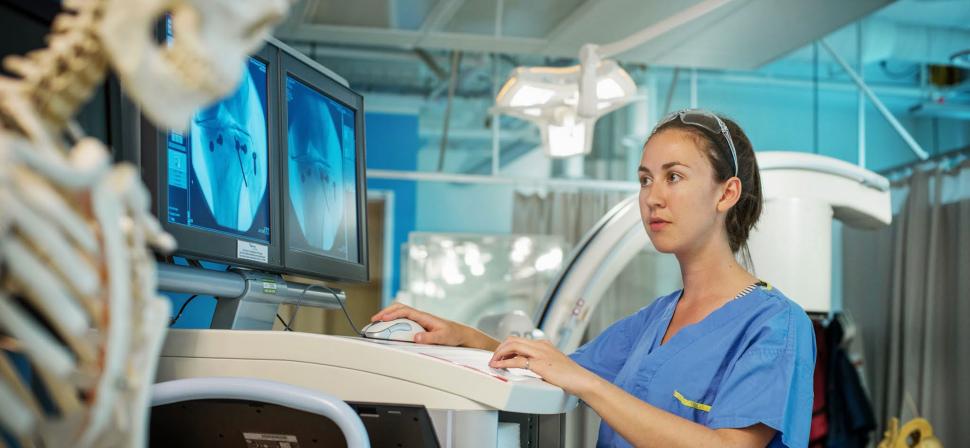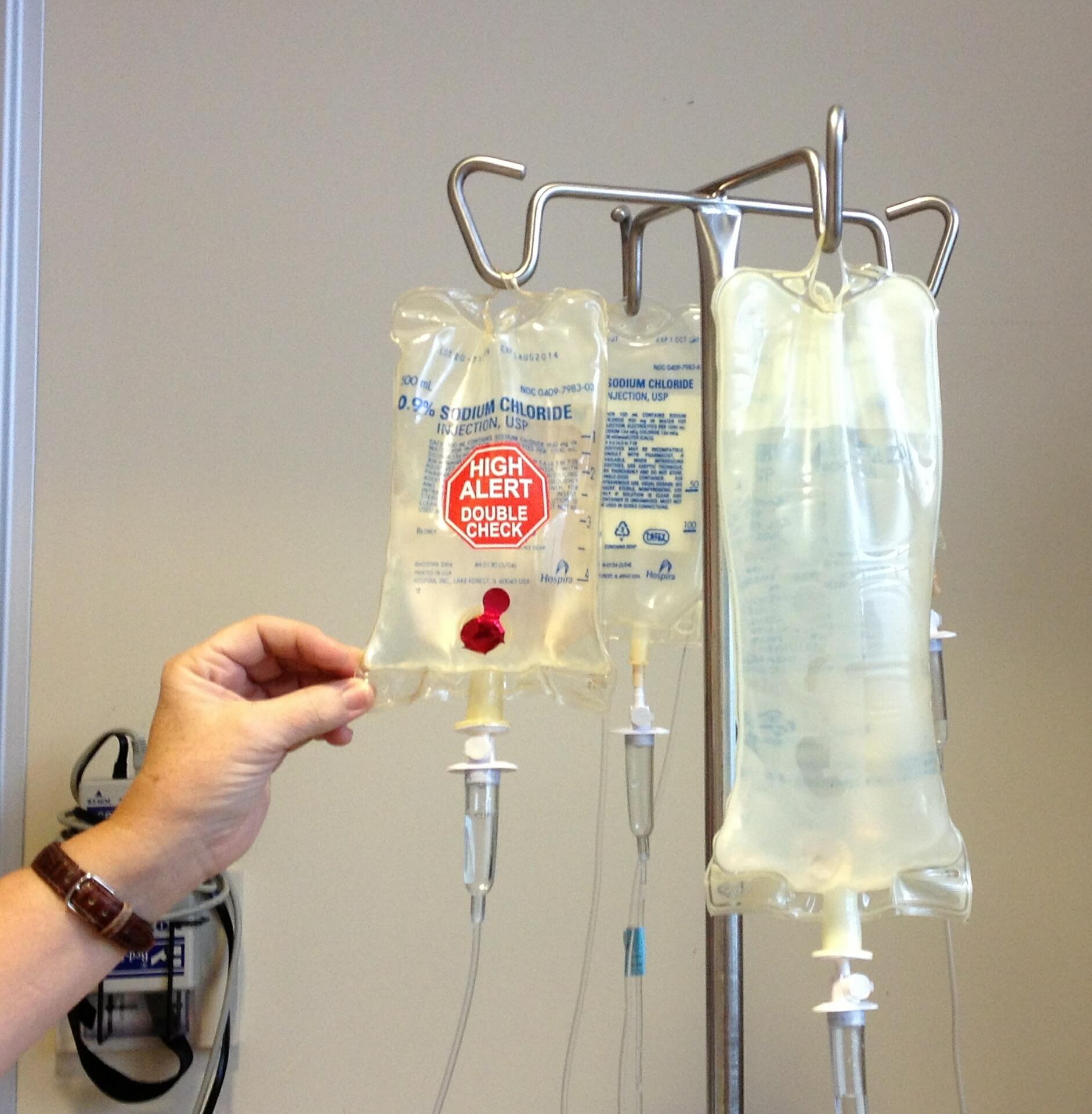
Status of brachytherapy in cancer treatment
Brachytherapy in cancer treatment is a procedure that involves placing radioactive material inside your body. Brachytherapy is sometimes called internal radiation. Brachytherapy is a form of radiotherapy where a sealed radioactive source is placed inside or next to the area requiring treatment. The radioactive source is inserted and transported inside the body using a computer controlled wire driven through small flexible tubes. The proximity of the radioactive source to the treatment site means a high dose of radiation can be delivered whilst limiting the dose to the surrounding tissue.
Brachytherapy may cause fewer side effects than does external beam radiation, and the overall treatment time is usually shorter with brachytherapy. Generally, brachytherapy (BT) and external beam radiation therapy (EBRT) are the two types of radiation techniques that are used clinically. In BT, the radiation device is placed within or close to the target volume. EBRT uses a device located at a distance from the patient, as in the case in most orthovoltage or super voltage machines.
Brachytherapy in cancer treatment is an internal radiation therapy that is applied either in a permanent manner (sometimes called ‘seed implantation’), or in a temporary manner, often through the use of catheters, into which the radioactive sources are placed. The radioactive materials (seeds or in catheters) are placed inside the body, and positioned in such a way that will most effectively treat the disease. When permanent brachytherapy is being employed, the radioactive ‘seeds’ are left inside the body. The half-life of the radioactive isotope used, gauges how long they will be radioactive within the body, since the radioactivity of seeds diminishes over time.
Temporary brachytherapy usually involves either an in-patient procedure (low-dose-rate-brachytherapy – LDR), with the patient staying in hospital for several days, while the radioactive sources treat the disease; or in an out-patient setting (high-dose-rate brachytherapy – HDR).
Why is this treatment declining?
Implanted seeds can expose patients’ sexual partners to radiation, and the seeds can migrate into healthy tissues over time, for example. Another iteration of the treatment, known as high-dose-rate (HDR) brachytherapy, remedies this by temporarily introducing iridium isotopes into the prostate inside catheters. LDR brachytherapy has long been used to treat people with prostate tumors, and the clinical performance of the HDR variety is promising. Both are delivered alone or alongside other treatments. But the use of both forms is in decline.


















